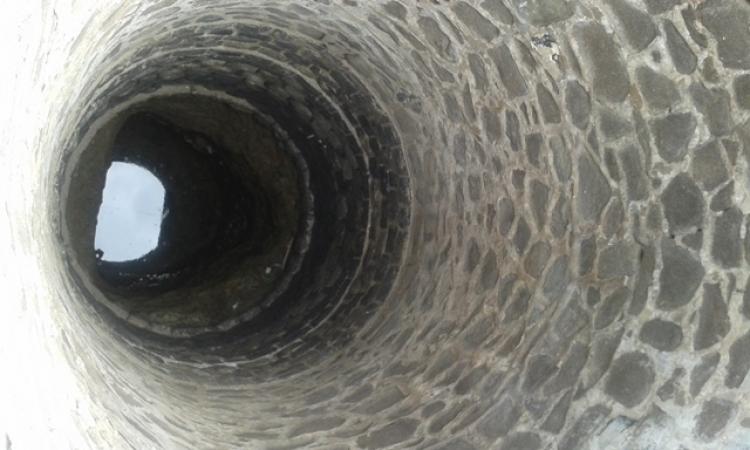
Current evidence shows that the number of people living in urban areas in India is expected to more than double and grow to around 800 million by 2050, which will pose unprecedented challenges for water management in the country. The paper titled 'Urban water systems in India: Typologies and hypothesis' published in the Economic and Political Weekly, argues that as demand for water is predicted to increase, limited supplies are available to meet this increasing demand. Also, quality issues are also coming to the forefront with groundwater getting contaminated with fluoride, arsenic, mercury and even uranium in some areas.
At the same time, rivers and groundwater are also getting increasingly polluted by untreated effluents and sewage dumped into them. Many urban stretches of rivers and lakes are overstrained and overburdened by industrial waste, sewage, and agricultural run-off, while efforts undertaken to deal with this huge amount of pollution are limited and continue to be mismanaged.
Climate change is also predicted to further impact the availability of water due to its effects on the hydrological cycle leading to more extreme rates of precipitation and evapo-transpiration, which will exacerbate the adverse effects of floods and droughts. More intense, extreme, and variable rainfall, combined with the lack of proper drainage will lead to flooding on the roads in urban areas adding to filth and disease. Conflicts across competing uses and users of water, agriculture and industry, town and country will continue to grow over the years.
A new approach to urban water management needed
The Twelfth Five Year Plan (2012-17) has proposed a paradigm shift in water management to deal with this situation in the future. The paper argues that such reforms are crucial so that more water is released for rapidly growing urban India. However, it is important to understand the concept of urban India and recognise that urban India is not uniform or similar everywhere.
Indian urban space has been considered in an undifferentiated manner due to which the specific characteristics of each area that depend on the stage of development, the sources of water, and the diverse nature of aquifers catering to urban settlements in different parts of the country remain masked. This leads to a lack of clarity on the true picture of the availability and use of water resouces in urban areas, which also hinders attempts made to find a solution to these problems.
The paper classifies urban settlements into four categories based on the stages of evolution and their changing dependence of sources of water supply, and argues that each urban settlement has its own unique set of characteristics and challenges.
- Stage I describes towns with a population of less than 1,00,000
- Stage II corresponds to cities with a population between 1,00,000 and 1 million
- Stage III covers cities with a population from 1-5 million
- Stage IV are the mega metros with more than 5 million people
However, the paper argues that in the absence of real-time data on groundwater use in urban India, it is difficult to predict trends in terms of how comparative shares of surface and groundwater continue to be used by these four categories of urban areas. As the dependence on surface water grows over time through all four stages of urban growth, groundwater follows a more complex and relatively indeterminate trajectory.
The precise trajectory or pattern and the specific path chosen, will depend on particular aquifer types and socio-economic conditions. However, understanding this precise trajectory is important, both in terms of utility planning and management in urban India. It divides variously sized towns and cities into six categories based on the aquifer types and hydrogeological characteristics of the area.
Proposed strategy for urban water management
The paper proposes a classification of all of India’s urban settlements into a 6×4 matrix, which captures both the stage of urban expansion and the aquifer type they belong to and argues that a strategy to address the problem of urban water would need to be different in each of the 24 cells of this matrix. The first step in devising these strategies would be to appropriately locate each of India’s towns and cities in these cells.
The paper ends by suggesting some of the common elements that would need to characterise solutions across the 6×4 matrix areas, which would need to be implemented in a location-specific manner within each urban settlement. These include:
- Sustainable groundwater management
- Focus on recycling and reuse of waste water
- Reducing industrial water footprint
- Protect and prioritise local waterbodies
- Shift focus to management and distribution
- Use of eco-restorative, low-cost technologies
- Capacity building of urban local bodies
Please download a copy of the paper below.
/articles/indias-urban-water-systems-challenges-and-way-forward